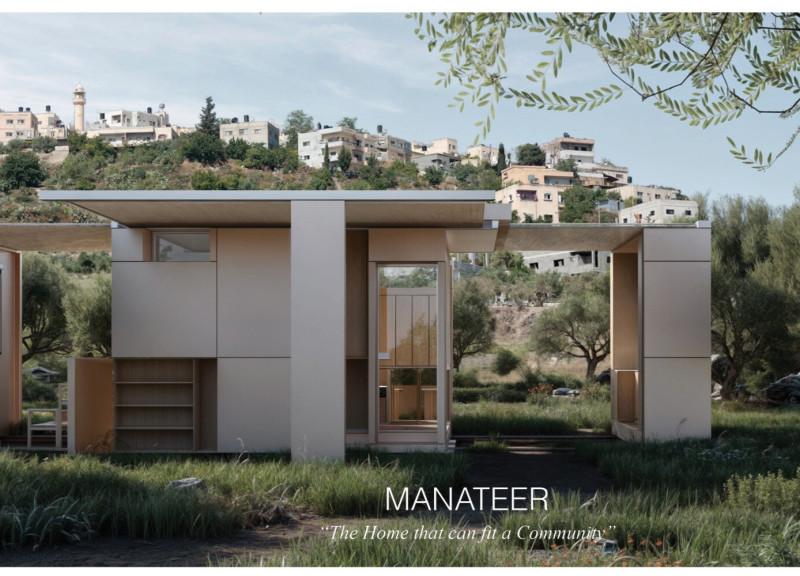5 key facts about this project
As an integral part of the community, this architectural design illustrates a commitment to promoting social interaction and enhancing the user's experience. The project functions primarily as a mixed-use facility, accommodating various activities such as communal gatherings, retail spaces, and work environments. This versatility is key in supporting dynamic social engagement and fostering a sense of community.
One of the most notable features of the architecture is its thoughtful spatial organization. The layout prioritizes accessibility and flow, guiding users through interconnected spaces that encourage interaction while maintaining areas for privacy and reflection. Wide hallways, strategic entry points, and flexible room configurations promote an inclusive atmosphere where both individual and communal activities can flourish.
In terms of materiality, the design employs a curated selection of materials that not only enhance the visual aesthetics but also contribute to the building’s sustainability. Utilizing concrete for its durability and thermal mass properties, the design responds effectively to local climate conditions. Expansive glass facades invite natural light into the interiors, blurring the line between the inside and outside, fostering a connection with the environment. Wood accents are thoughtfully incorporated throughout the project, adding warmth and inviting tactile experiences. This careful consideration of materials underscores a commitment to ecological responsibility while enhancing the overall sensory experience of the space.
The architectural design introduces unique approaches that set the project apart from typical constructions. Innovative shading devices, integrated into the facade, demonstrate a strategic response to solar exposure, optimizing energy efficiency while reducing the need for artificial lighting. This adaptability further reinforces the design's commitment to sustainability. Landscaping elements are strategically placed, inviting biodiversity and providing natural beauty that complements the building's architecture. This approach not only enriches the visual character but also serves as a natural buffer that enhances user comfort and environmental quality.
The building's envelope reflects a contemporary aesthetic with a strong emphasis on clean lines and functional geometry. The massing is carefully considered to respond to its surroundings, ensuring that the design fits into the existing urban fabric while standing out as a beacon of thoughtful architecture. The integration of outdoor spaces and terraces enriches the project, providing users with places to engage with nature and reflect.
The innovative use of space extends to the interior organization as well, where open-plan areas are juxtaposed with more intimate nooks, offering flexibility and adaptability for various uses. This spatial choreography invites exploration and discovery, allowing users to experience the architecture in a more engaged manner.
Inherent in the project is a dedication to inclusivity, evident in all aspects of the design. Accessibility is prioritized, ensuring that all users can navigate the space comfortably. The overall design embodies an ethos that values community interaction and environmental stewardship, aligning architectural practice with the broader social and ecological context.
To gain deeper insights into the architectural strategies employed, including the intricate architectural plans, detailed sections, and innovative designs, readers are encouraged to explore the full project presentation. The exploration of these elements will uncover the subtleties and sophisticated architectural ideas that inform this project, illustrating how the integration of function and aesthetics creates a resilient and engaging built environment.


























